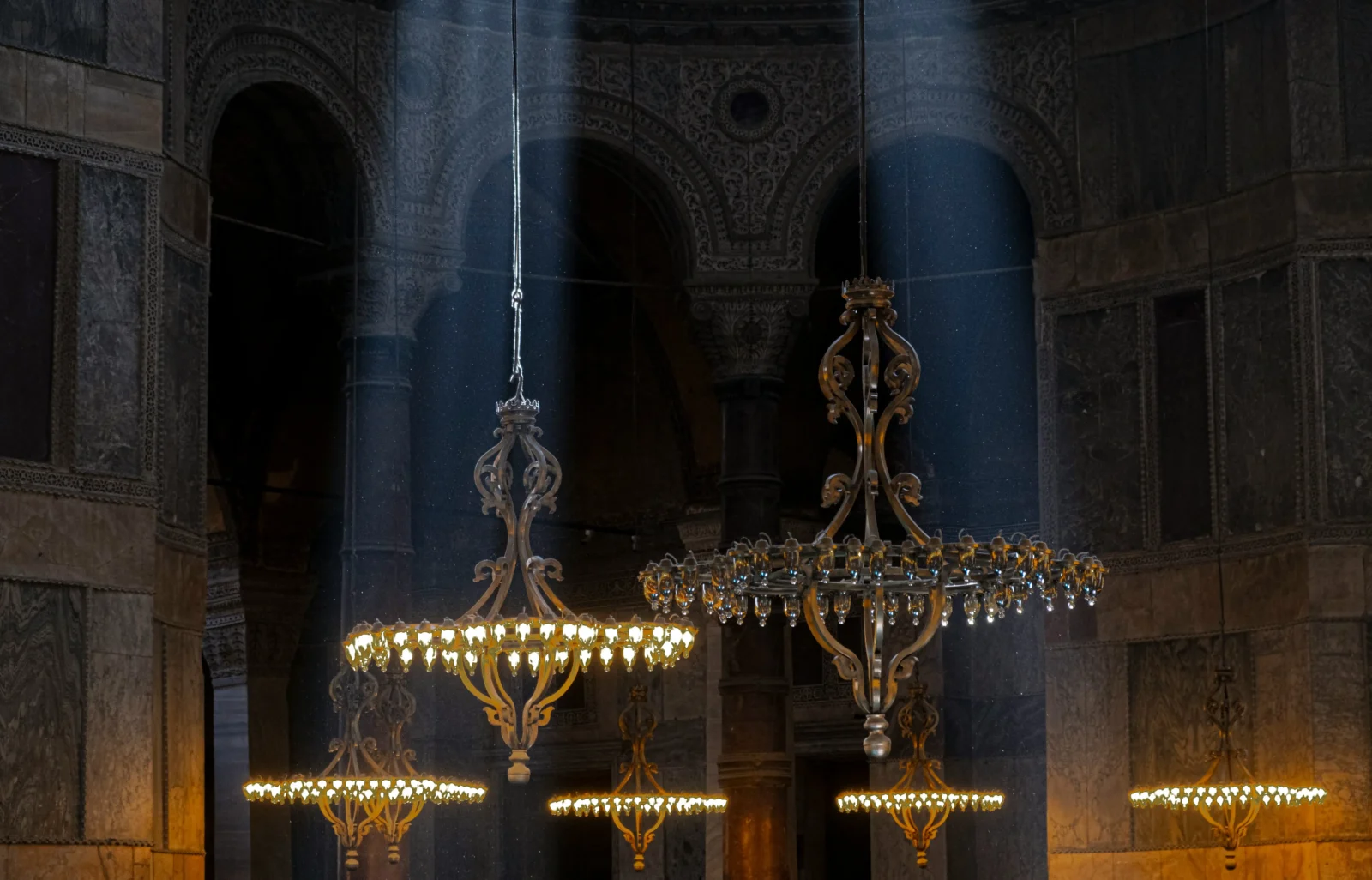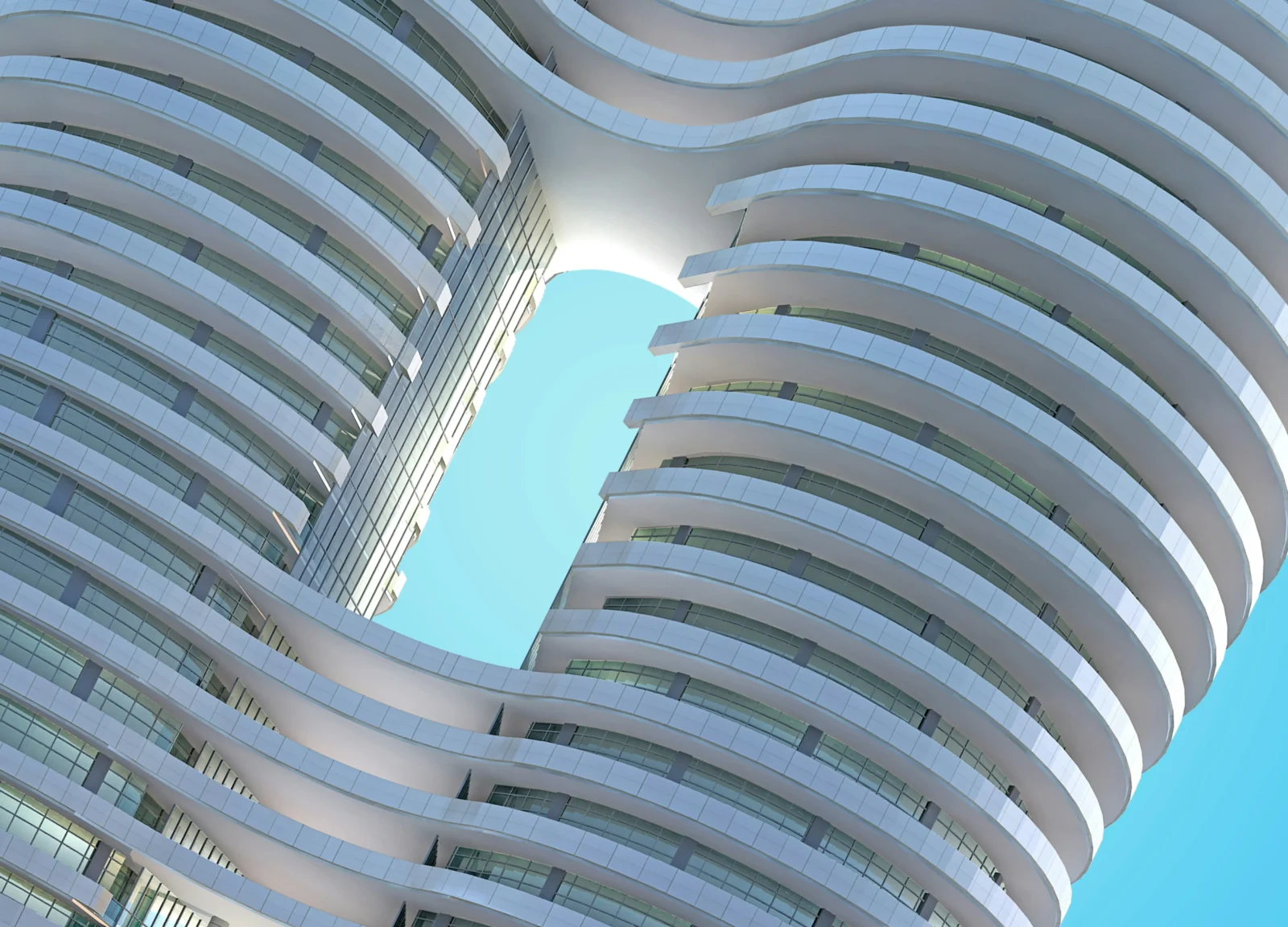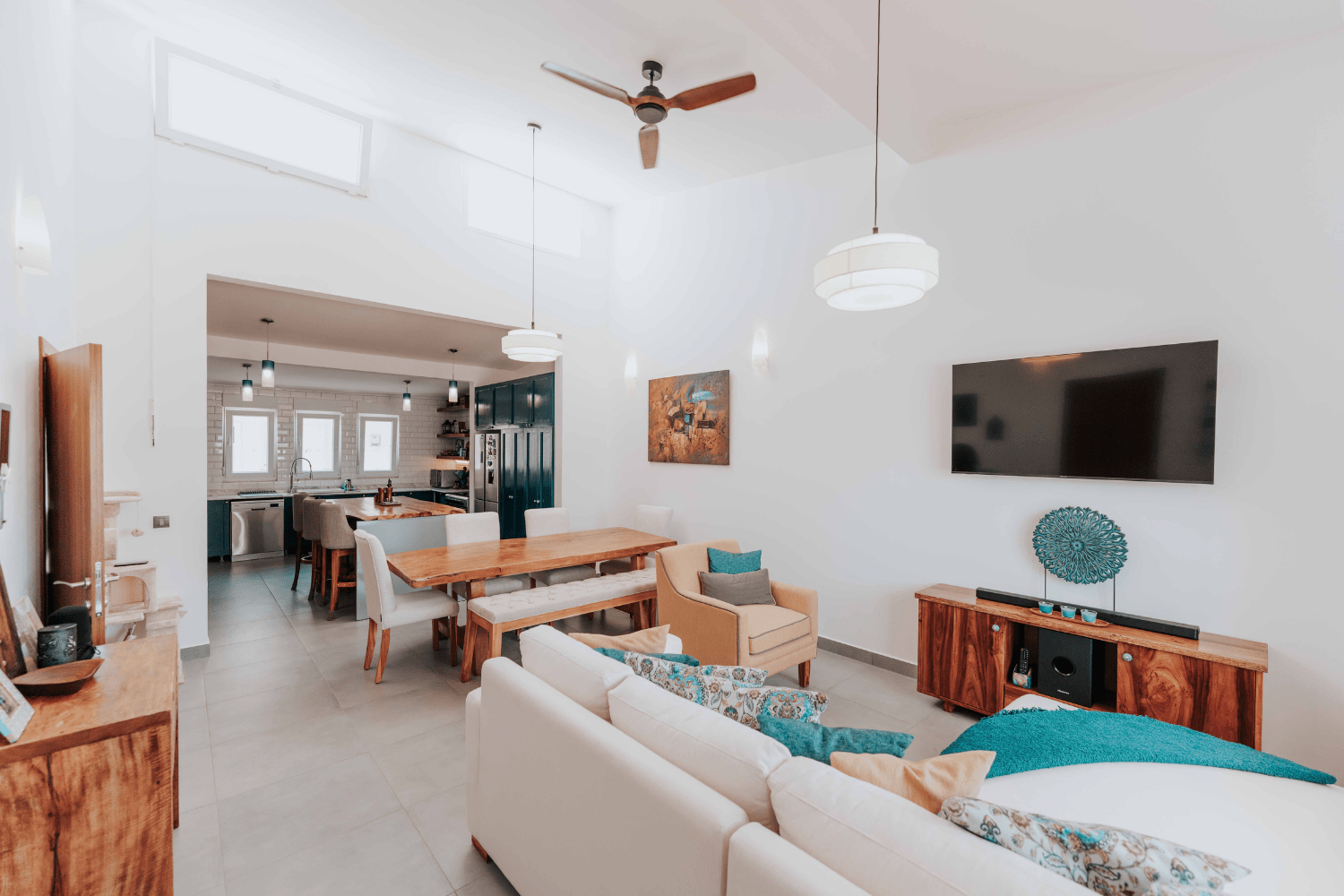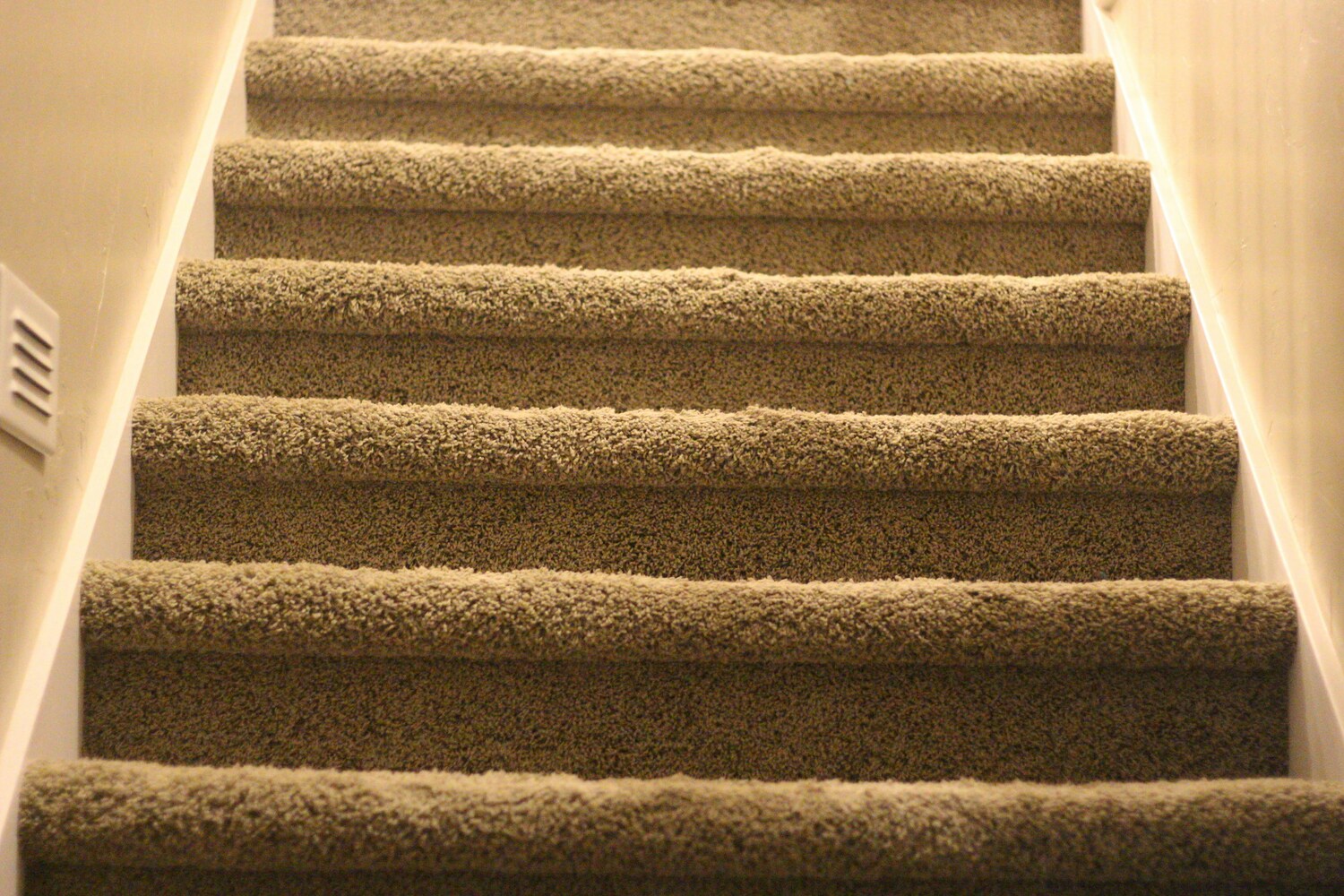- Home
- Articles
- Architectural Portfolio
- Architectral Presentation
- Inspirational Stories
- Architecture News
- Visualization
- BIM Industry
- Facade Design
- Parametric Design
- Career
- Landscape Architecture
- Construction
- Artificial Intelligence
- Sketching
- Design Softwares
- Diagrams
- Writing
- Architectural Tips
- Sustainability
- Courses
- Concept
- Technology
- History & Heritage
- Future of Architecture
- Guides & How-To
- Art & Culture
- Projects
- Interior Design
- Competitions
- Jobs
- Store
- Tools
- More
- Home
- Articles
- Architectural Portfolio
- Architectral Presentation
- Inspirational Stories
- Architecture News
- Visualization
- BIM Industry
- Facade Design
- Parametric Design
- Career
- Landscape Architecture
- Construction
- Artificial Intelligence
- Sketching
- Design Softwares
- Diagrams
- Writing
- Architectural Tips
- Sustainability
- Courses
- Concept
- Technology
- History & Heritage
- Future of Architecture
- Guides & How-To
- Art & Culture
- Projects
- Interior Design
- Competitions
- Jobs
- Store
- Tools
- More

In an increasingly overstimulated world, visual impact isn’t just a bonus – it’s a baseline requirement. Whether you’re hosting a trade show booth, updating in-store signage, or launching a new campaign, grabbing attention fast has never been harder. Flat posters can disappear into the background. Screens that flicker or dim feel like relics of a less ambitious time. This is where LED displays come in.
For brands that want to be remembered, the brightness, clarity and modular possibilities of LEDs offer more than just aesthetics. They create presence.
Table of Contents
ToggleWhy LED Displays Still Matter in a Digital Age
Despite our reliance on digital platforms, physical spaces haven’t lost their value. People still walk into shops. They still go to conferences. They still pause at bus stops and notice window displays. And in those real-world environments, well-designed visuals can stop someone mid-scroll or mid-stride.
This is where LED signage offers a unique edge. Unlike static signs or print displays, LED units can shift messaging in real-time, highlight time-sensitive promotions, or reflect brand updates with minimal effort. Businesses looking to experiment with dynamic visuals can explore all LED signage options here over at Display Wizard, from sleek backlit lightboxes to high-definition illuminated panels. It’s less about gimmickry and more about modernity.
The Science Behind What Draws the Eye
The human brain is wired to notice change. Movement, contrast, brightness—these are the things that pull focus. Traditional print signage, no matter how well-designed, lacks this adaptive edge. LEDs, on the other hand, can simulate motion, adjust to ambient lighting, and literally glow.

Brightness and contrast are critical components of attention. A bright, high-resolution LED display doesn’t just improve legibility—it creates a sense of presence. It tells passersby: this is the thing worth looking at. And when paired with strong visual storytelling, it can dramatically increase recall.
Placement and Purpose: Getting the Strategy Right
Of course, technology means nothing without context. LED signage should be treated as part of a larger communications ecosystem. Where you place it, what you display, and how frequently it updates will all influence its impact.
For example, LED displays positioned near entrances serve a different purpose than those tucked within a retail floor plan. The former should prioritise bold messages: promotions, announcements, limited-time deals. The latter can afford to be more subtle, providing ambient visuals, brand storytelling or even educational content depending on the environment.
Event marketers have also taken to using modular LED lightboxes to create immersive brand spaces. Unlike traditional banners, these displays allow exhibitors to adapt messaging across multiple panels, resulting in a cohesive yet dynamic footprint that can scale for future use.

Sustainability and Longevity
It’s easy to assume that the energy consumption of LED displays is a downside. But in reality, LEDs are far more energy-efficient than older lighting technologies, such as halogen or fluorescent. Plus, many LED systems are designed with longevity in mind. Replaceable graphics, durable housing, and lower power draw make them a smart investment for brands concerned with both budget and carbon footprint.
Moreover, because the display hardware often remains consistent even when messaging changes, there’s less waste involved in keeping campaigns current. You aren’t printing hundreds of new posters or swapping out physical signage every season.
The Future of Visual Storytelling
As marketing becomes more personalised, visual displays will need to follow suit. Imagine LED panels that respond to ambient conditions, adjust based on time of day, or even rotate content based on audience demographics in real time. We’re not far from that reality. Already, many LED units allow for easy scheduling and remote content management.
But even now, the basic function of a good LED display remains timeless: communicate clearly, attract attention, and support brand identity. When used strategically, they transform a passive space into an active touchpoint.
So, are LED displays worth it? In most cases, yes. Not because they’re trendy, but because they’re effective. And in an attention economy, effectiveness is everything.
Submit your architectural projects
Follow these steps for submission your project. Submission FormLatest Posts
Chandelier Light vs Ceiling Lights: Which Decorative Lighting Works Best for UAE Homes in Winter?
Winter in the UAE doesn’t arrive loudly. It doesn’t announce itself with...
Marketing for Architects: How Firms Are Getting More Clients Without Chasing Leads
Architectural marketing has changed in important ways. Referrals and reputation still matter,...
8 Innovative Apartment Design Ideas from the USA
Apartment design in the United States is rapidly evolving, with architects and...
Tips for Using Runners to Transform Hallways and Spaces
Hallways work hard. They handle daily foot traffic, muddy shoes, and the...












Leave a comment